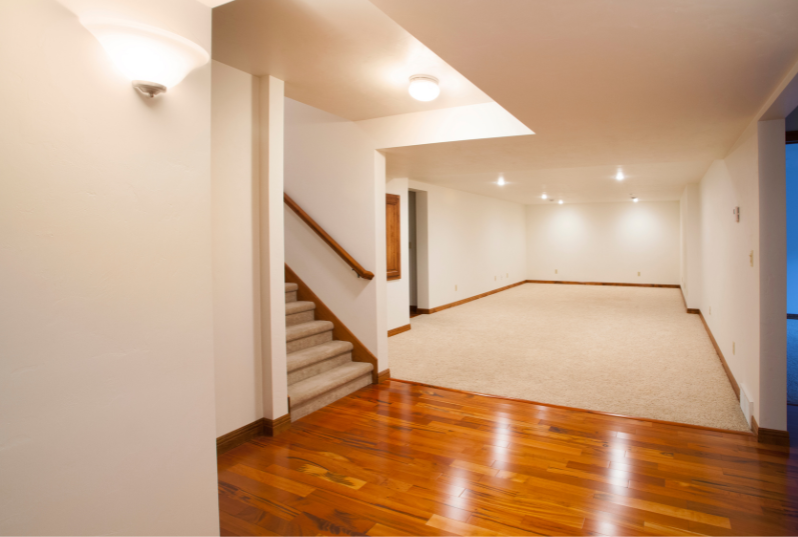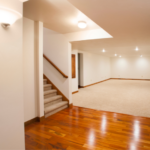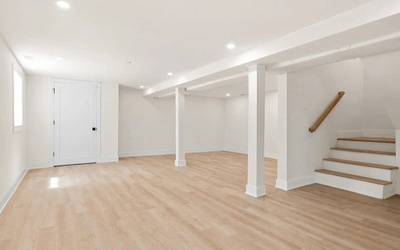Finishing Your Basement Walls the Right Way
Finishing basement walls can be a tricky task. Getting it done correctly requires thoughtful planning and execution. Whether you’re looking for a do-it-yourself project or are hiring someone to do the work for you, there are certain dos and don’ts that should be followed to ensure your finished basement is free from moisture, mold, mildew, and other common issues.
Dos for Finishing Basement Walls
Do make sure the walls are vapor retardant. Vapor retardants prevent moisture from seeping into your basement walls which can lead to mold and mildew growth. In Canada, drywall must meet CSA A82.27 standards in order to be considered vapor retardant. The best way to check is by looking at the label on the back of your drywall sheeting; if it says “moisture resistant” or “vapor retardant” then it meets this standard.
Do install an interior drainage system around your foundation walls. This will help keep water out of your basement and protect against any potential flooding or water damage due to heavy rainfall or snow melting during the spring months. Make sure to use a high-quality system with a sump pump and appropriate drainage channels for maximum protection against moisture damage.
Do opt for insulated drywall if possible, as this will help regulate temperature within your basement space more effectively than non-insulated drywall would. Insulating with closed cell foam spray is also an option but may require more maintenance over time than insulated drywall would.
Don’ts for Finishing Basement Walls
Don’t forget about proper ventilation! Proper ventilation helps reduce excess moisture buildup which can lead to mold growth in basements due to their damp environment. Make sure there is enough air circulation in your basement by installing exhaust fans or vents near windows or doors that open up outside of the house; these will help draw fresh air in while pushing stale air out, creating a balanced indoor air quality environment within your basement space.
Don’t neglect insulation! Without proper insulation in place, any hot or cold air that enters into the room will escape quickly through uninsulated walls and floors leading to an uncomfortable living space as well as higher heating/cooling costs over time. Make sure all exterior walls and floors are properly insulated before you start finishing them off with drywall or other materials so that you maintain comfortable temperatures throughout the year without having to use too much energy in doing so!
When it comes to finishing your basement walls, there are certain dos and don’ts that should always be followed in order to ensure optimal results with minimal hassle down the line. Always make sure that vapor retardants are used on all interior walls, an interior drainage system is installed around the foundation walls, insulation is added wherever necessary, and proper ventilation is taken into consideration when planning out how best to finish off those basement walls! With these tips in mind, you should have no trouble getting great results when finishing those basement walls!





